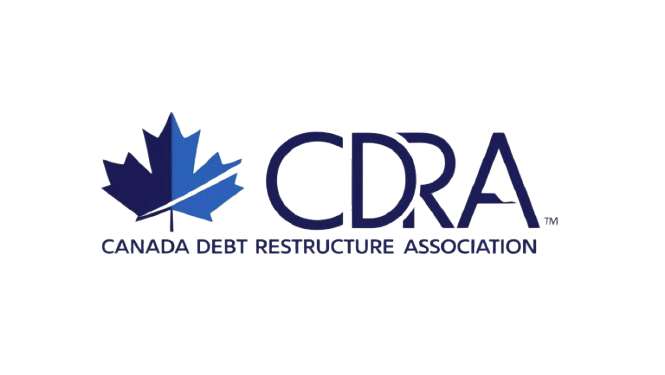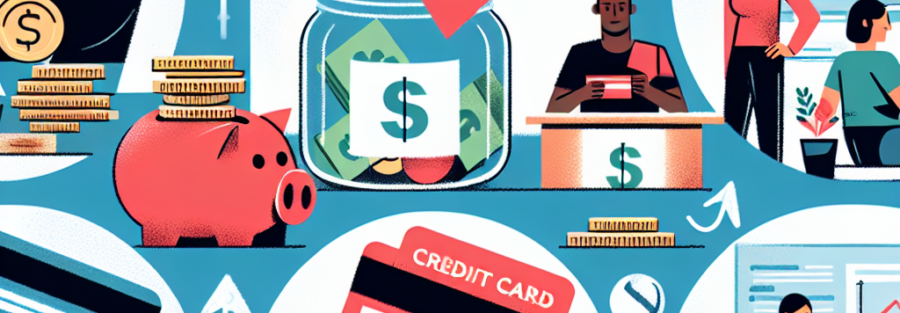Managing debt is a prevalent challenge for many Canadians, with rising living costs and fluctuating interest rates adding to the financial pressure. Understanding the debt landscape is crucial for effective management, as it enables individuals to make informed decisions about their financial futures. This article explores the current state of debt in Canada and outlines five proven strategies that can help Canadians reduce their debt effectively. By adopting these strategies, individuals can take proactive steps towards achieving financial freedom and stability.
Understanding the Debt Landscape: A Canadian Perspective
The debt situation in Canada has become a pressing concern in recent years. As of late 2023, household debt levels in Canada remain among the highest in the world, driven by factors such as increased consumer spending, rising housing costs, and easy access to credit. Many Canadians find themselves in precarious financial situations, with high-interest debts, such as credit cards and personal loans, compounding their challenges. This precarious landscape calls for a comprehensive understanding of both the types of debt Canadians face and the broader economic forces at play.
In the current economic climate, it is essential for Canadians to recognize the distinction between good debt and bad debt. Good debt, such as a mortgage or student loan, typically has lower interest rates and can contribute positively to an individual’s financial future. Conversely, bad debt, often characterized by high-interest credit cards and payday loans, can quickly spiral out of control, leading to financial distress. Understanding these differences is crucial for Canadians looking to manage their debt effectively and avoid making decisions that could jeopardize their financial well-being.
Moreover, staying informed about changes in interest rates, inflation, and government policies can equip Canadians with the knowledge necessary to navigate their debt situations. Being proactive in monitoring one’s financial health and understanding the economic environment can lead to better decision-making regarding debt repayment strategies. Armed with this understanding, Canadians can take actionable steps towards reducing their debt and securing a more stable financial future.
Five Effective Strategies to Manage and Reduce Debt
One of the most effective strategies for reducing debt is to create a comprehensive budget. A budget allows individuals to track their income and expenses, enabling them to identify areas where they can cut costs. By allocating a specific portion of their monthly income towards debt repayment, individuals can systematically chip away at what they owe. Additionally, budgeting can help in avoiding new debt by fostering discipline in spending habits. Numerous budgeting tools and apps are available to assist Canadians in this endeavor, making it easier than ever to stay on track.
Another effective strategy is to prioritize debt repayment using the debt avalanche or debt snowball methods. The debt avalanche method focuses on paying off debts with the highest interest rates first, thereby reducing the total amount of interest paid over time. In contrast, the debt snowball method emphasizes paying off the smallest debts first, providing individuals with a sense of accomplishment and motivation. Both strategies have their merits, and the choice between them often depends on personal preferences and psychological factors related to debt repayment.
Lastly, Canadians should consider seeking professional financial advice, particularly when dealing with significant debt. A financial advisor or credit counselor can provide tailored strategies and solutions that align with individual financial situations. They can assist in negotiating lower interest rates or consolidating debts into a single, more manageable payment. Moreover, they can offer insights into debt relief options, such as consumer proposals or bankruptcy, should those become necessary. Seeking professional guidance can empower Canadians to make informed decisions about their debt and work towards long-term financial stability.
Reducing debt is an essential journey for many Canadians, necessitating a thorough understanding of the debt landscape and the implementation of effective strategies. By creating a budget, prioritizing debt repayment, and seeking professional advice, individuals can take concrete steps towards managing their financial obligations. While the path to financial freedom may be challenging, harnessing these strategies can lead to significant improvements in one’s financial health and overall well-being. With diligence and commitment, Canadians can navigate their debt landscape and work towards a more secure financial future.



